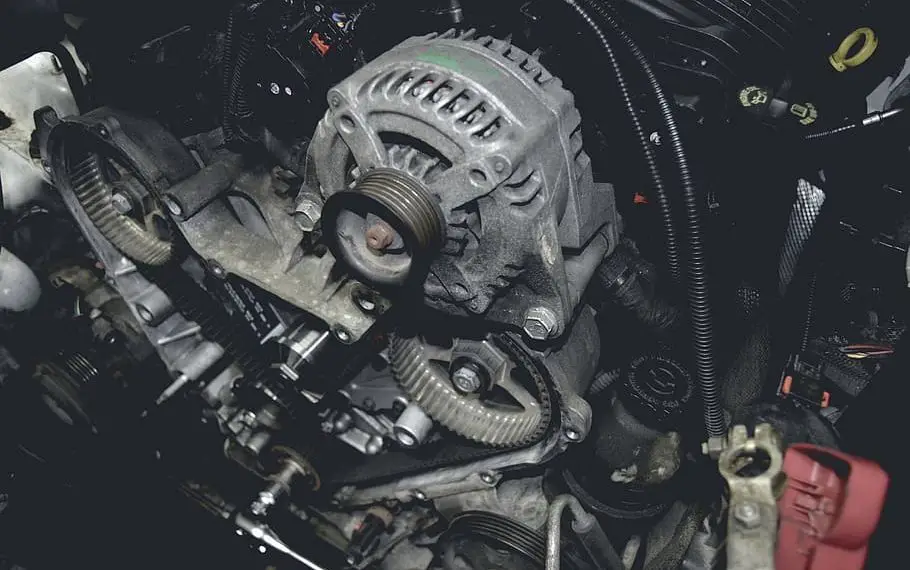Knowing how to manually engage AC compressor clutch is something that can save your day, especially on a hot summer afternoon when your car’s AC system takes a break. Ready to become an AC expert? Hang in there.

Table of Contents
Understanding When and Why to Engage the AC Compressor Clutch Manually
Now you might be thinking, why on earth would I need to engage this clutch thing manually? Good question. There can be times when your AC compressor clutch doesn’t engage as it should. It could be due to an electrical issue, a damaged clutch, or maybe it just woke up on the wrong side of the bed. In such situations, knowing how to manually engage the clutch can get your AC system back in action without waiting for a mechanic.
Preparing to Manually Engage the AC Compressor Clutch
Before diving into the mechanics, it’s important to understand what we’re dealing with and gather the necessary tools. This part prepares us for the task at hand, ensuring we’re well-equipped and ready to take the next step.
Safety Precautions
Before we get our hands dirty, let’s talk about safety. Working with your car’s electrical system is no child’s play. So make sure you disconnect the battery before starting. Remember, safety first, because there’s no fun in a cool car if you’re not around to enjoy it, right?
Necessary Tools and Equipment
You won’t need a garage full of tools for this. A simple wire with two alligator clips will do the trick. Just make sure you’ve got one handy before you start.
Check out these other related articles…
Car AC Compressor Engages and Disengages: A Detailed Guide
AC Compressor Working Intermittently: 3 Proven Solutions
K Series AC Compressor: Your Ultimate Guide
AC Compressor Clutch Engages and Disengages: 3 Sure Fixes
AC Compressor Clutch Running Constantly: 4 Sure Solutions
Steps on How to Manually Engage AC Compressor Clutch
This is where the rubber meets the road. Here, we’ll walk through the process of how to manually engage AC compressor clutch. Step by step, we’ll explore each action needed to accomplish this task successfully.
Step 1 – Locating the AC Compressor Clutch
The first step is to find the AC compressor clutch. The AC compressor is usually located in the engine bay. Look for a unit with a large pulley on one side. Attached to the pulley, you’ll find the clutch. Got it? Good!
Tips for Identifying the AC Compressor Clutch
If you’re new to this, identifying the AC compressor clutch can be a bit tricky. It looks a bit like a small disc sitting in front of the pulley. So, don’t confuse it with the other parts around.
Step 2 – Checking the AC Compressor Clutch
Once you’ve located the clutch, give it a quick check. Look for any signs of damage or wear and tear. If it looks too beat up, you might need a new one. But hey, we’re here to manually engage it, so let’s move on to the next step.
Step 3 – Connecting the Battery and Compressor
Now, take your wire with alligator clips. Connect one end to the battery-positive terminal and the other end to the wire leading to the compressor clutch. Remember, you’re bypassing the car’s electrical system here, so double-check those connections.
Step 4 – Engaging the AC Compressor Clutch
With everything connected, it’s time to fire up the AC. Turn on the car and then the AC. The clutch should engage, and voila, you’ve got cool air again!
Potential Issues and Troubleshooting
If you’re still not feeling the chill, don’t sweat. Check your connections again. And if that still doesn’t work, you might have a deeper issue on your hands. But hey, you gave it a shot, right?
Post-Engagement Check
After engaging the AC compressor clutch, it’s crucial to verify the engagement and evaluate the system’s performance. In this section, we’ll guide you through these checks to ensure your efforts have paid off and your AC is functioning properly.
Verifying the Engagement of the AC Compressor Clutch
After the manual engagement, make sure your clutch is indeed engaging. You should see it spinning with the pulley when the AC is on and stop when it’s off. No spinning? You might need to try engaging it again.
Evaluating the Performance of the Air Conditioning System
Finally, check how your AC is doing. Is the air cooler? Is it running smoothly? If yes, congrats, you’ve done it! If not, don’t lose hope. It might be time to call in a professional, but at least you’ve learned something new today!